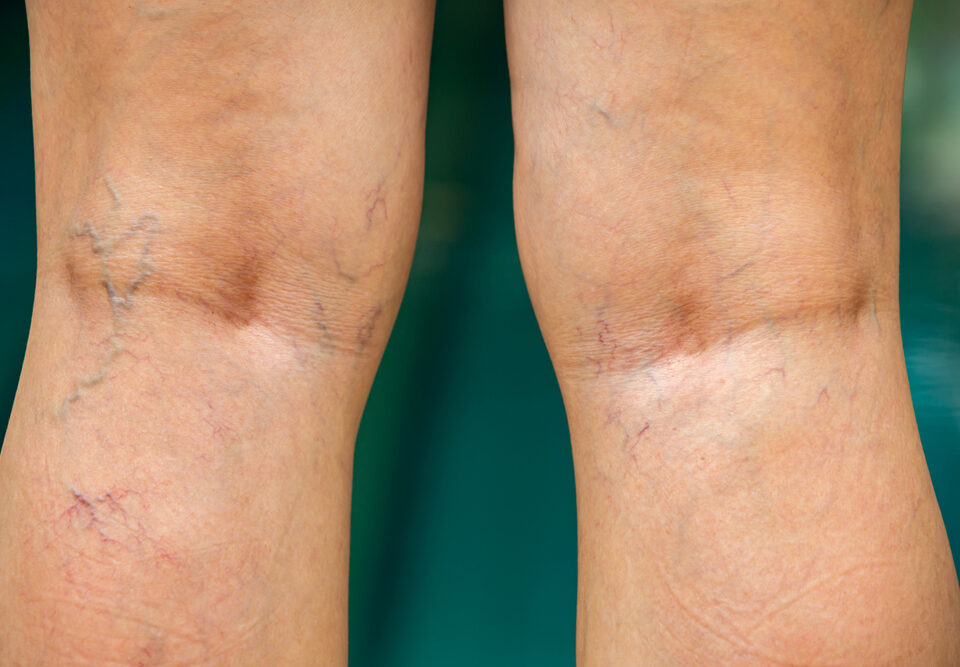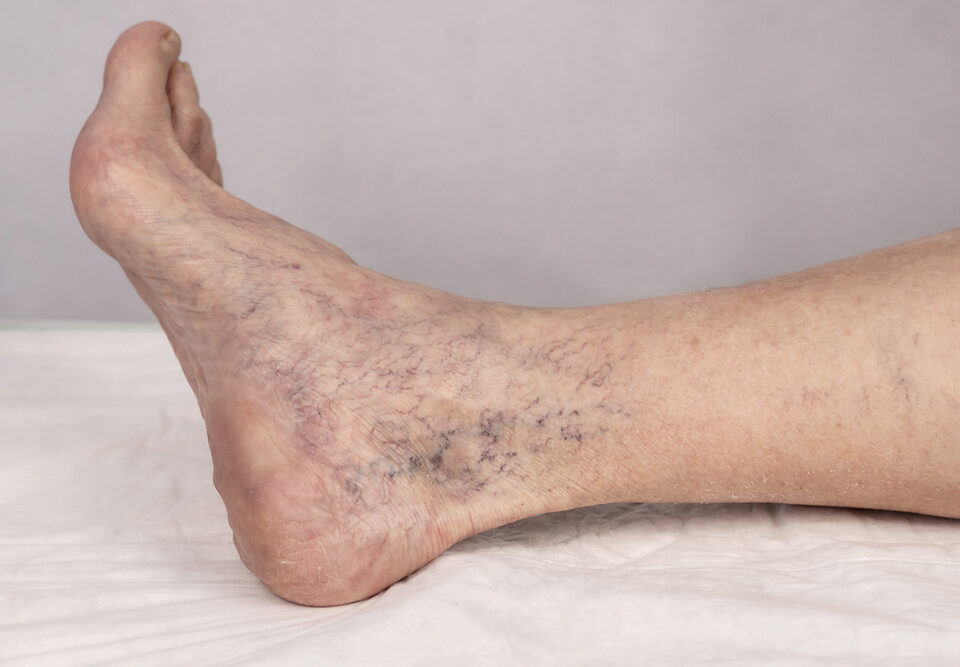Deep vein thrombosis (DVT) is a dangerous condition marked by the formation of blood clots – most commonly in the legs. The risk of DVT increases as you age with approximately 1 in 1000 adults being diagnosed each year. The real danger of DVT is pulmonary embolism or a blood clot traveling and getting stuck in an artery located in the lungs.
Symptoms of DVT
Swelling, pain, and warmth in the affected area are some of the most common symptoms of DVT. Sometimes, the skin in the area may be discolored. The veins affected by DVT may also be visible because of blood pooling within them.
Causes of DVT
There is no single cause of DVT. However, there are several risk factors that increase your chances of developing the condition. They include:
- Damage or injury to a vein caused by a fracture, severe muscle injury, or major surgery involving the legs, pelvis, and hips
- Slow blood flow caused by being confined to bed, limited mobility, paralysis, or sitting for long periods of time (particularly with legs crossed)
- High estrogen caused by birth control pills
- Other health conditions such as heart disease, lung disease, treatments for cancer, irritable bowel syndrome (IBS), and Crohn’s disease
- Obesity
- Family history of DVT
Preventive Measures
Some of the best ways to avoid getting DVT is by maintaining a healthy weight and diet as well as exercising regularly. Additionally, good management of other health conditions can also help you avoid DVT development. This means taking medications and efforts to control health problems that may lead to DVT development (such as heart disease and IBS). Finally, if you notice any discoloration or visible veins anywhere in the body, get them checked by a doctor immediately. If issues are addressed quickly, DVT can be treated before any serious health problems occur.
Treating DVT
DVT can be effectively treated when it is caught early. Medication is key to treating DVT. Compression stockings also help by preventing blood from pooling in the affected veins. In severe cases where these treatment methods are ineffective, surgery may be necessary to fix the issues in the affected veins.
Deep Vein Thrombosis Treatment in Largo and Tampa, Florida
If you have symptoms of DVT, speak with a cardiologist with experience treating this condition. If you live in the Tampa or Largo areas of Florida, contact Premier Vein and Vascular. The staff at Premier Vein and Vascular have a wealth of experience treatment DVT and would love to help you get better. Make an appointment by calling (888) VEINCARE or request an appointment online.





